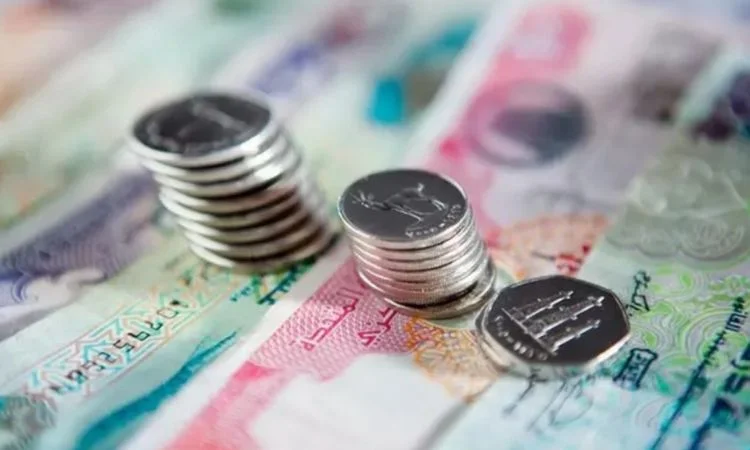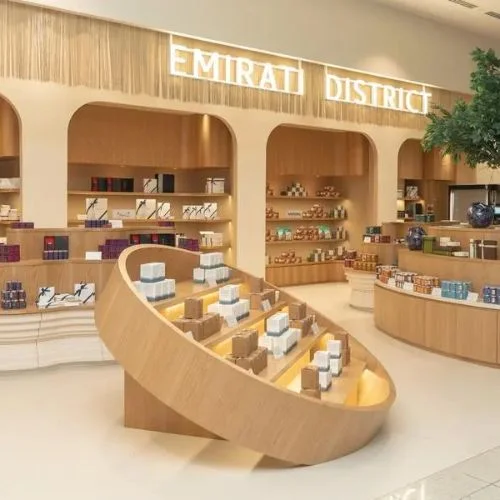Credit facilities by UAE national banks towards the business and industrial sectors reached around AED 25.7 billion for the period January to May 2024. Data disclosed by the Central Bank of the United Arab Emirates indicates an aspiration for credit growth to two of the most critical areas of the economy.

PC: ZAWYA
Credit Balance Growth
Figures released by the CBUAE have shown that the cumulative credit balance for business and industrial sectors surged to AED 767.2 billion at the end of May 2024 from AED 741.8 billion at the end of December 2023, an increase of 3.5 per cent. It reflects a positive trend in the financing environment for businesses and industrial enterprises.
The increase in credit facilities from April to May 2024 was AED6.8 billion, or 0.9 percent, growing from AED 760.4 billion. On a YoY basis, it witnessed a 2.9 percent rise from AED 745.5 billion in May 2023, meaning that AED21.7 billion of additional credit has been extended.
Distribution of Credit by Type of Bank
National banks dominate the credit scenario, classed at AED851.9 billion as of the end of May 2024. This formed 90.1 percent of the total credit balance extended to the business and industrial sectors. The contribution made by foreign banks remained substantially less with a share of 9.9 percent or AED 84.7 bln.
Regional Credit Distribution
The distribution of credit facilities across different emirates reveals varying contributions:
- Banks in Abu Dhabi: AED 384.8 billion
- Banks in Dubai: AED 362.2 billion
- Banks in Other Emirates: AED 104.9 billion
This distribution underlines the dominant contribution of Abu Dhabi and Dubai banks in the business and industrial sectors, with other emirates contributing substantially but comparatively less.
Conventional vs Islamic Banks
The breakup of the credit balance by bank type indicates that conventional banks contributed about AED 701.7 billion, which is around 82.4 percent of the total credit to the business and industrial sectors. The contribution of the Islamic banks was around AED 150.2 billion and accounted for about 17.6 percent of the total credit.
This is reflected in this distribution, since conventional banking institutions, even though Islamic banks play a major role in financing arrangements, remain the dominant lenders to these sectors.
Conclusion
The first five months’ data for 2024 stipulates a sound and burgeoning credit environment for the UAE’s business and industrial sectors. Figures have revealed that national banks are contributing a great deal towards the figures, coupled with an impressive enhancement in credit balance. According to such figures, the financing outlook remains optimistic in the UAE. Basically, the distribution of credit across various emirates and between conventional and Islamic banks testifies to the diversity of sources through which firms and industrial enterprises in the country get financial support.















